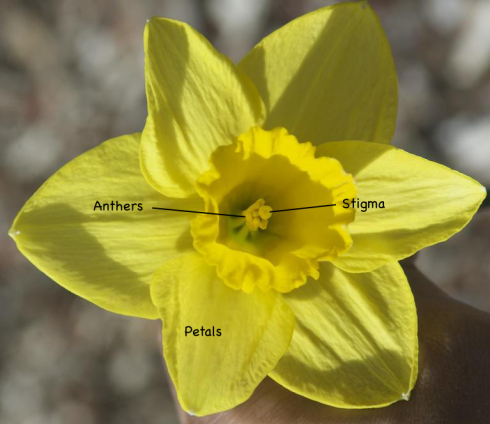
For the record: Daffodil flowers have both male and female parts, which make them good subjects for dissection. And, it’s pretty easy to collect daffodil pollen samples to look at under the microscope. 1000 times magnification seems necessary to be able to make out structures.
Since prehistoric pollen, collected from places like the bottom of lakes, are one of the easiest ways of finding past climates, a study of more recent samples might make for a good student research project in biology or environmental science. They’d need to design the study so they could avoid having to use nasty acids (hydrochloric or hydrofluoric) to concentrate the pollen grains, but that should be possible. Perhaps an ongoing survey using pollen traps, akin to the European Pollen Monitoring Program.
